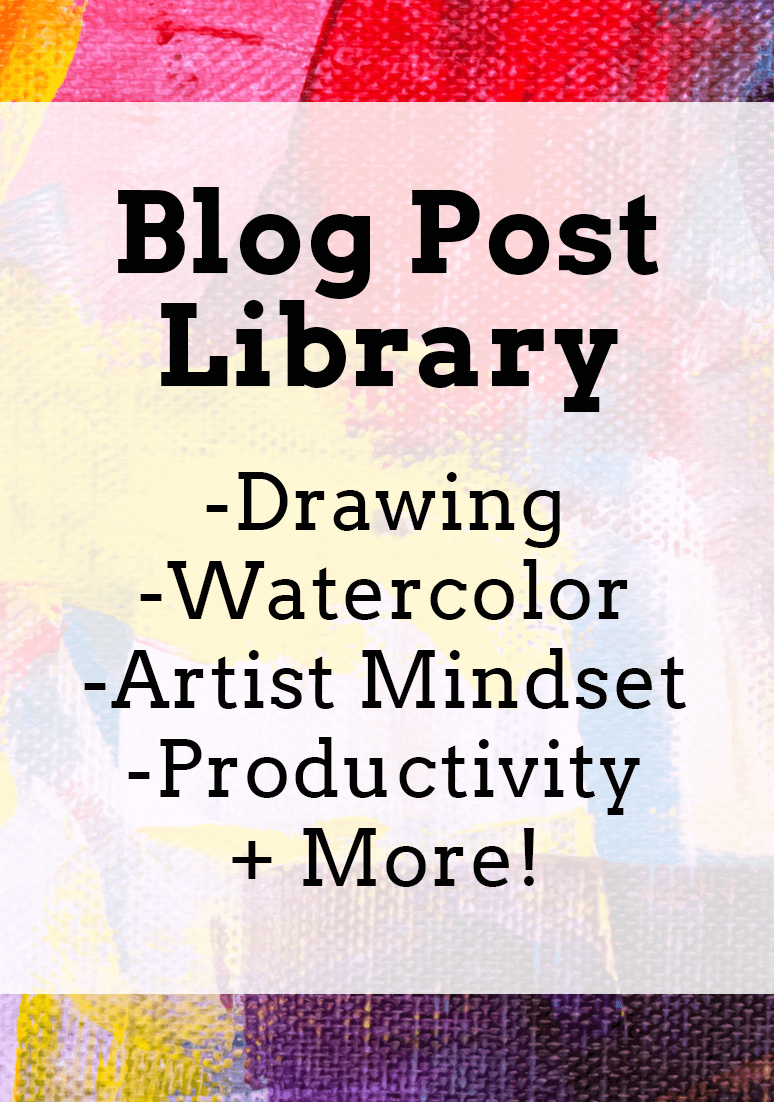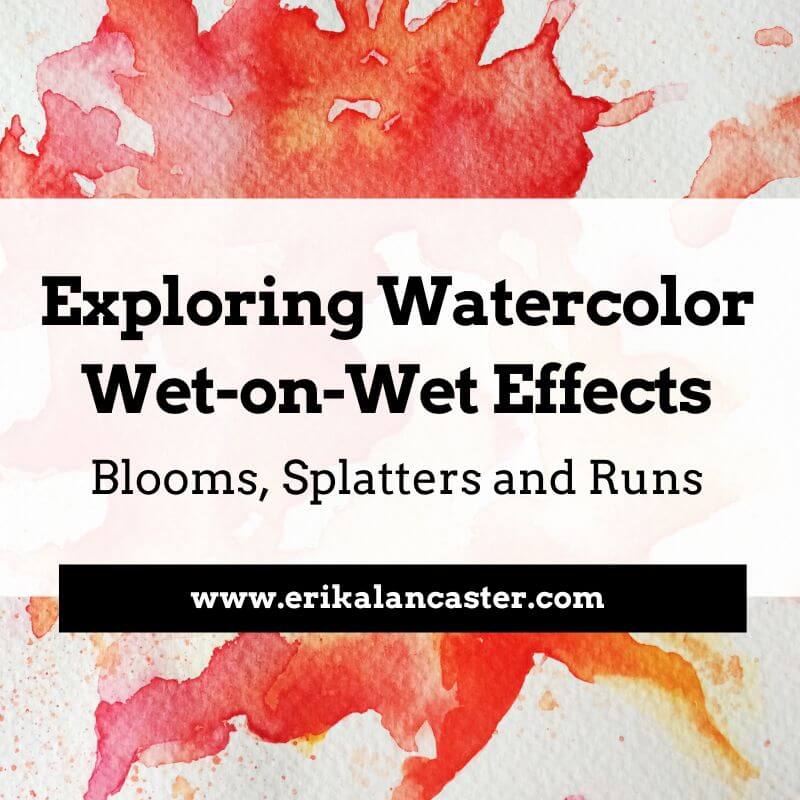|
*This post contains affiliate links. I receive small commissions for purchases made through these links at no extra cost to you. These commissions help me keep this site up and running, in order for me to keep providing helpful and inspiring art content. :)
"Because watercolor actually moves on the paper, it is the most active of all mediums, almost a performance art." -Nita Engle Struggling with watercolor paint drying too fast? Are you accidentally creating too much texture and leaving visible edges where you weren't intending to? Can't seem to create even, flat washes? If you've painted with watercolor for any amount of time, you're probably well aware of how much different variables come into play which can have an immense impact on both your painting process as well as your final outcome. Not only do our supplies (paper, paint, paintbrushes) affect our experience, but the environment we're working in (whether it’s warm or cool, dry or humid, there's a fan or heating system on near us, etc.) plays a huge role in how our painting develops. Based on these variables, we have to create strategies and plan for techniques that'll help us arrive at the results we're after. A common struggle I often hear from beginners is that their paint is drying way too fast. As someone living in a super warm and *usually* dry environment, this is something I've struggled with myself. So today, I want to share 5 quick tips that have helped me create awesome results, even in this heat.
|

www.erikalancaster.com
is a participant in the Amazon Services LLC Associates Program, an affiliate advertising program designed to provide a means for sites to earn advertising fees by advertising and linking to amazon.com. www.erikalancaster.com is a participant in the Shareasale.com Affiliate Program, an affiliate advertising program designed to provide a means for sites to earn advertising fees by advertising and linking to Shareasale.com partner companies. |















 RSS Feed
RSS Feed

